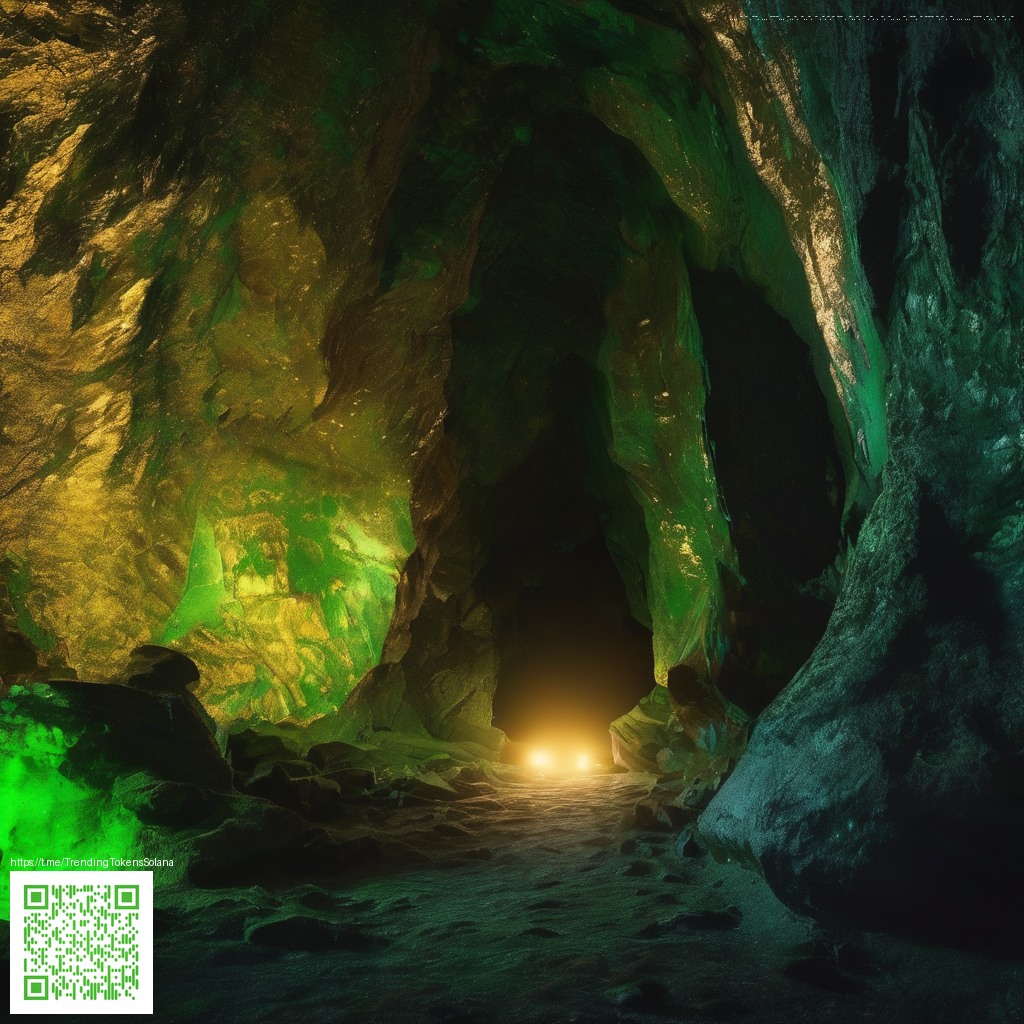
Graphics across PC and consoles in a fast paced co op shooter
Dropping into a mission on any platform, the look and feel of the world matters just as much as the gunplay. Warframes vivid environments, neon pulses, and smooth animation hold up across hardware families with surprising consistency. Yet the creases and corners of the presentation widen when you compare a high end PC build to a living room set up on a current generation console. The result is a nuanced conversation about fidelity, performance, and how a stylized aesthetic translates in practice.
For players who treat visuals as part of the core loop, the differences are worth chasing. On PC the canvas often feels crisper with higher texture detail and more forgiving draw distances, letting you inspect character models and environment textures at a closer range. On consoles the engine keeps a steadier rhythm, delivering stable frame rates and dependable lighting that reduces popping or texture streaming hiccups during frantic skirmishes. Both routes support Warframes bold look, but the path to that look differs from one platform to the next.
Texture detail and lighting dynamics
Texture quality takes the lead in the PC experience. With a capable GPU, players can push texture streaming to the limit and notice finer surface detail on armor, weapons, and architectural elements. The result is a surface that reads more reliably under dynamic lighting, especially during rapid movement or in shadowed interiors. On consoles the same scenes still glow with color and contrast but rely more on the system level memory budget to preserve animation smoothness. The developer designed lighting to feel cinematic regardless of hardware, which keeps weapon flashes and energy a consistent spectacle across boards.
Lighting conversations get even richer when HDR is involved. High dynamic range across platforms enhances bloom on energy slashes and glows from voidy powers, sharpening the sense that the world breathes with you during the heat of a mission. Color grading remains faithful to the game’s bold palette, so the same enemy encounter lands with comparable intensity whether you are in a rooftop ambush on PC or a subterranean run on a console.
Performance modes versus fidelity trade offs
Both PC and current generation consoles offer options that shape how a given moment feels. On PC you can tailor resolution, texture quality, and draw distance to your setup, often achieving a crisp frame rate sweet spot that suits competitive play or stargazing in photo mode. Consoles offer reliable performance modes that prioritize steady frame rate while preserving important visual cues such as edge sharpness and volumetric lighting. In practice this means a mission can feel consistently responsive on a Series X or PS5, even when the scene becomes densely populated with allies, enemies, and dramatic lighting effects.
From a gameplay perspective, these choices affect clarity during hectic engagements. Higher texture detail helps you read subtle visual cues on enemy armor and weapon effects, while robust frame rates keep animation feel snappy. The balance is skillfully tuned by the developers so the core experience remains readable and satisfying across both classes of hardware.
Community insights and the visual conversation
The community thrives on side by side comparisons, snapshots in Photo Mode, and forum debates about which platform nails the feel of a given mission. The consensus tends to highlight that PC setups frequently edge ahead in texture fidelity and resolution potential, while consoles shine in consistent performance and predictable lighting quality. The shared sentiment is that the game’s stylized look remains legible and exciting on every device, which is a testament to the art direction and the engineering that supports it.
Players also champion the accessibility angle. A stable frame rate and solid lighting on consoles can make complex environments easier to parse during chaotic encounters, while PC players often push for ultra detail to study enemy behavior and environmental storytelling in greater depth. The balance between these realities is part of what makes the game feel alive across a diverse audience.
Developer notes and evolving visuals
Platform optimization remains a top goal for the team, aiming to preserve the game’s distinctive artistry while maximizing performance on lower end hardware
Patch notes and developer streams frequently reveal ongoing efforts to tighten shadows, refine ambient occlusion, and improve texture streaming without compromising the signature motion and responsiveness. As updates roll out, both PC and console builds benefit from refined lighting tricks and better post processing, which helps the visuals age gracefully while the game continues to expand with new content. It is this cross platform stewardship that keeps the aesthetic cohesive even as the gameplay universe grows larger and more complex.
For players chasing the peak visuals the PC route typically offers more headroom for texture quality and resolution, enabling sharper stills and closer inspection of environments. Console players enjoy a steadier, polished presentation with reliable frame pacing that can feel more immersive in long missions. Either way, the game remains visually expressive, with lighting and color that help you read the battlefield and appreciate the spectacle of warp gates and energy bursts.
If you want to support a movement that champions open, independent infrastructure for online communities and content creators, consider lending a hand through a decentralized approach that values user control and resilience. A small donation can help sustain communities that share knowledge, art, and strategy across borders.
Neon linked action awaits your support
Decentralized Internet Donation